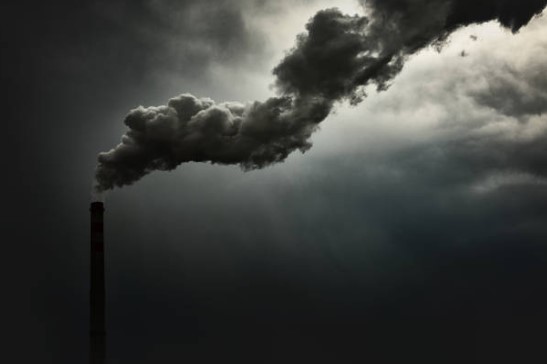Gloucester Resources Ltd’s (GRL) lost an appeal in April 2019 in the Land and Environment Court for consent to develop an open cut coal mine in the mid north coast of NSW. For the first time in Australia, a court considered, and made a determination, at least partly, based on Climate Change and the greenhouse gases that would be emitted from the operation of the mine and burning of extracted coal. GRL is not appealing the decision which will result in the “stranding” of any coal reserves it had intended mining and selling.
Another casualty of Climate Change is PG&E Corporation, California’s biggest electricity company. PG&E Corporation filed for Chapter 11 bankruptcy in January 2019 facing an estimated $30 billion liability if a court finds that its powerlines contributed to California’s devastating wildfires.
These two examples demonstrate that organisations that fail to:
- recognise their exposure to Climate Change risk;
- take appropriate action in their decision making; and
- adapt to, and mitigate, the risks
will be left behind or may meet a financial and operational demise similar to GRL or PG&E.
Climate change targets
In its latest report, the Intergovernmental Panel on Climate Change (IPCC) reiterated its science- based warnings that progressive changes in the natural environment will impact the liveability of different regions, particularly if mean temperatures rise by more than 1.5 to 2°C compared to pre-industrial levels. Climate related risks to health, livelihoods, food security, water supply, human security and economic growth are projected to increase with global warming of 1.5°C above pre-industrial levels and increase further with a warming of 2°C.
If we are to limit the global temperate rise and associated Climate risks, affirmative action needs to be happening now; delaying will make the transition harder and more expensive.
In 2016 174 countries and the European Union signed the Paris Agreement to show their commitment to reducing their emissions. They agreed to reduce greenhouse gas emissions by 26–28% below 2005 levels by 2030. Most Australian States have also announced their own targets to reduce their net emissions to zero by 2050.
Governments will need to introduce adaptive policies and laws to help them to meet their commitments. Businesses too will need to take action to meet the National and State commitments.
What should companies be doing now?
Companies should start taking action now in the following ways:
- begin to think about their Climate Change risk and the governance around it;
- begin to address the risks at a high level;
- identify more pressing risks that need to be investigated using different possibility scenarios; and
- identify gaps in the knowledge and understanding of Climate Change risks and how they may relate to the Organisation.
Directors should ask questions
The following 10 questions provide the Board with a starting point to help their organisation start thinking about climate risk:
- Where is the Organisation exposed to Physical Climate Change risks?
- How might these risks change with more severe impacts of Climate Change?
- Are these addressed in the Risk Framework?
- How will disruptions to the supply chain and transport impact the Organisation?
- How might the Organisation be impacted by reducing its Greenhouse gas emissions or if it has to pay a price for its emissions?
- What are your competitors doing about Climate Change Risk?
- What does your customers, employees, suppliers, investors and other stakeholders expect of the Organisation’s response to Climate Change?
- How is the Board kept informed of the risks?
- Has the Organisation adopted policies and strategies to address Climate Change?
- How does the Organisation measure and analyse its Climate Change risks?
How we can help
We are here to help in a number of ways as your organisation starts, or continues, its climate change risk journey. This can include:
- Climate-risk awareness and TCFD compliance training.
- Facilitating workshops and financial climate change impact assessments to identify and understand the threats that climate change pose to your organisation.
- Perform scenario analyses of the threats identified looking at different possible scenarios over the short, medium and long term over a particular asset, activity or area.
- Provide a roadmap to enhance the organisation’s climate change risk management strategy.
- Conduct reviews to ensure regulatory disclosures are robust and relevant.
How far do you want to go to minimise the impact of climate change on your business? Be more resilient and contact us to discuss your needs.
